Power of "Outcomes of Outcomes": Nike's Strategy through Air Jordan and the Silver Screen
Approx 4 min. read
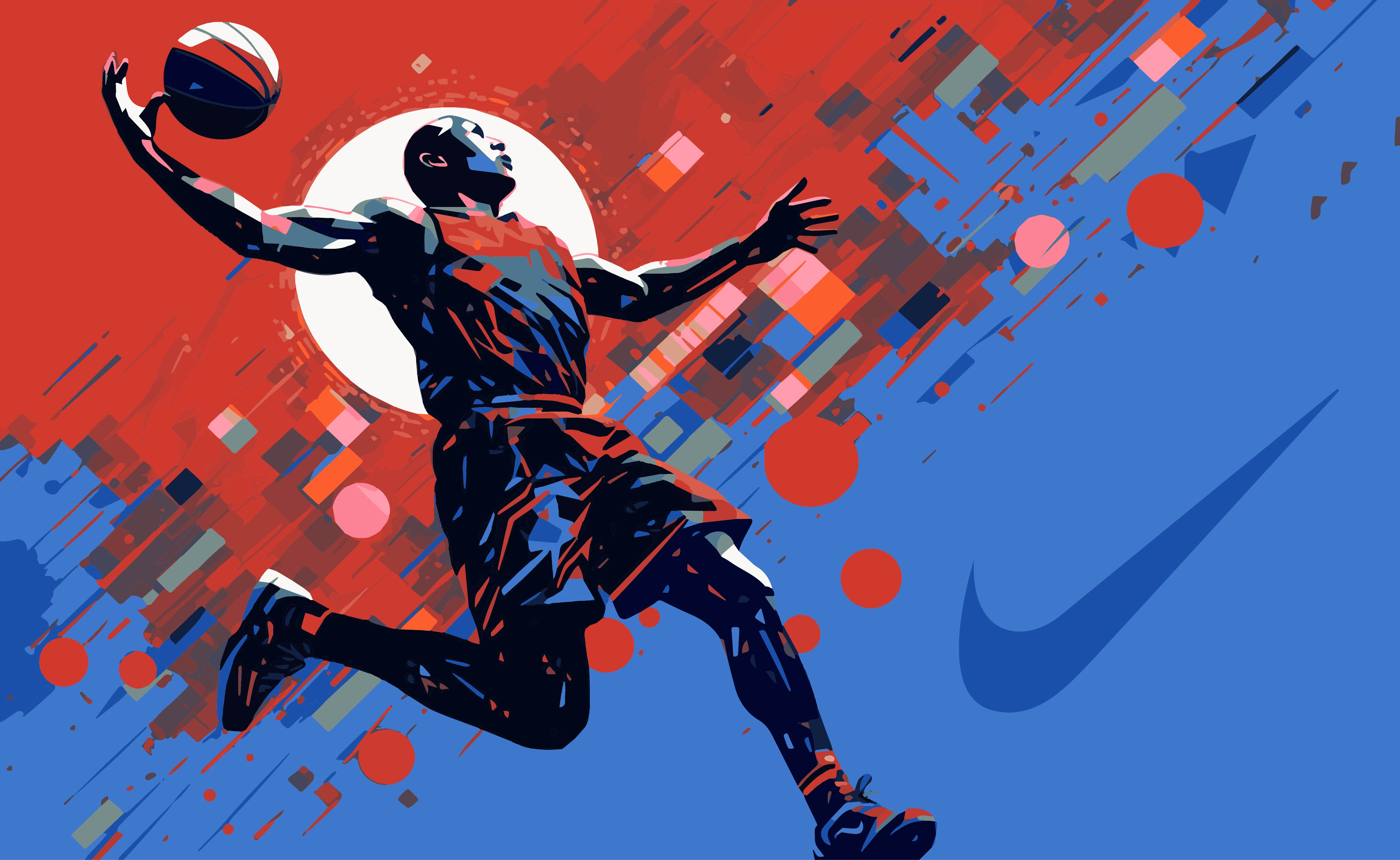
A shoe is only a shoe until my son steps into it."
"I understand that but with respect Mrs. Jordan that's not how it works
Deloris Jordan is stone cold negotiating one of the most significant deals in sports history. A deal that would catapult her son to unimaginable fame, secure generational wealth, and open opportunities their friends, family, and community never dreamed possible. She knew the magnitude of this decision and the power of outcomes, and she wasn't about to be sweet-talked by anybody.
After the success of our MUSE How Outcomes of Outcomes Thinking Can Radically Transform Your Brand we decided to dive even deeper into the "Outcome of Outcomes" philosophy. In the first blog, we covered what this philosophy is and why this way of thinking requires looking beyond the immediate outcomes of a particular action or decision.
Now let’s explore how Nike used this philosophy to drive business outcomes, connect with their customers, differentiate themselves from their competitors, and build a profitable brand that spans generations.
In this MUSE we'll cover:
-
Why this philosophy is so powerful for brands
-
How Nike applied it, including 3 examples
-
Actionable steps you can use today
Let's jump in!
Nike’s Evolution: Using the "Outcomes of Outcomes" Philosophy to Become a Global Brand
People don't know what the hell a Nike is."
"What's a Converse!?"
"NBA All Star shoe. Play like Magic, dribble like Isaiah. That's what it is!"
"You know RunDMC doing a song about Adidas, making a free song, it's coming out on their next album.
It's 1984 and Nike is struggling to sign new players to their outdated brand. A brand that is trying to appeal to 2 completely different audiences, Athletics and Basketball, with the same strategy, and failing. They limp along in an industry of giants. Brands like Converse and Adidas were crushing their image and income until one man put his career on the line and turned it all around.
1984 Market Share:
- Converse (54%)
- Adidas (29%)
- Nike (17%)
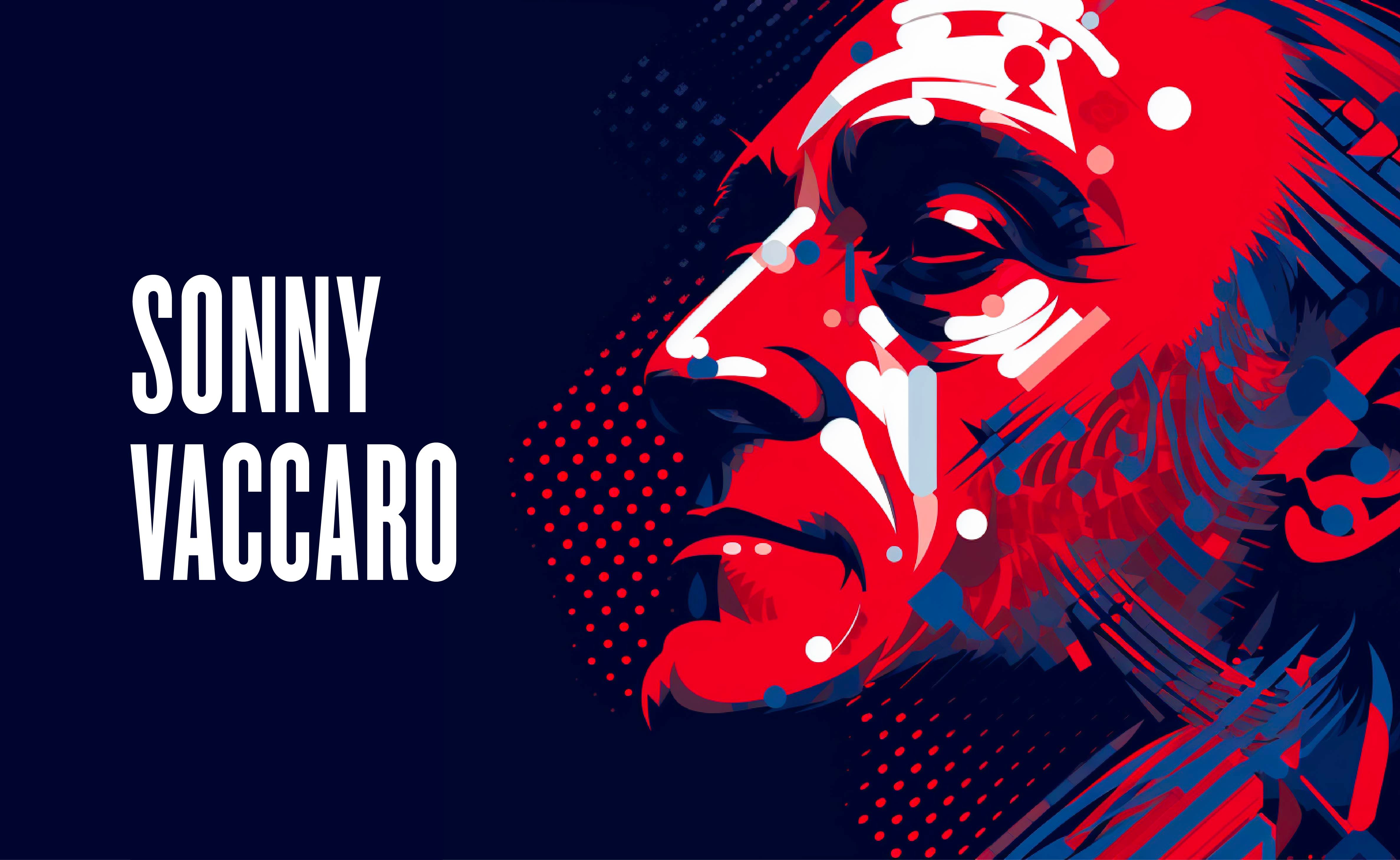 That man was Nike sports marketing executive, Sonny Vaccaro, a true visionary of the game who dared to wonder and challenge the realms of possibility. Whether intentionally, or acting on gut instinct alone, he applied the outcomes of outcomes philosophy multiple times with unfathomable success. This philosophy, this mindset, and this drive to be part of something bigger, quickly became Nike's competitive advantage. It's the reason Nike is the global phenomenon we know today. It all started with a young 21-year-old kid from Brooklyn, New York, named Michael Jordan. A kid who had never played a minute in the NBA.
That man was Nike sports marketing executive, Sonny Vaccaro, a true visionary of the game who dared to wonder and challenge the realms of possibility. Whether intentionally, or acting on gut instinct alone, he applied the outcomes of outcomes philosophy multiple times with unfathomable success. This philosophy, this mindset, and this drive to be part of something bigger, quickly became Nike's competitive advantage. It's the reason Nike is the global phenomenon we know today. It all started with a young 21-year-old kid from Brooklyn, New York, named Michael Jordan. A kid who had never played a minute in the NBA.
What is the "Outcomes of Outcomes" Philosophy?
Put simply, this philosophy means that when we make decisions, we consider the potential consequences of those decisions beyond the immediate outcomes.
For example, Desserto makes vegan leather out of cactus. They’re not only innovative but have also saved over 1 billion animals harmed for fashion. Another example is sustainable fashion brand TOMS pledging 1/3 of their profits for grassroots projects. And finally, Nike, going all in on one athlete and pouring in all their resources to turn that athlete into a sub-brand of Nike, becoming a pop cultural staple in the process. Siloed these decisions appear to be a cost, but when looking at the outcomes of outcomes, all three strategies are fundamental to the success of these businesses. They're a powerful brand asset and point of differentiation that drives outcomes for the business.
Values-driven outcomes of outcomes enable brands like Nike, Desserto, and TOMS to connect with their audience, align with their beliefs and motivations, and ultimately drive their businesses forward. Through these decisions, they're able to build communities of loyal customers around the world.
This philosophy isn't simply about driving business outcomes, hitting revenue goals, or ticking off KPIs, but rather how that success can have an even bigger impact beyond the walls of your business. It's about taking a holistic look at your brand, challenging the "ceiling", and creating a community of people bound by shared values and beliefs. Brands that adopt this mindset don't just think big picture, they think biggest picture, making strategic decisions driven by the outcomes of outcomes that serve their customers and business. While everyone's out here playing checkers, they're playing chess. And winning.
3 Examples of How Nike Applies the “Outcomes of Outcomes” Philosophy
They're going to fine Michael Jordan $5,000 for being too colorful
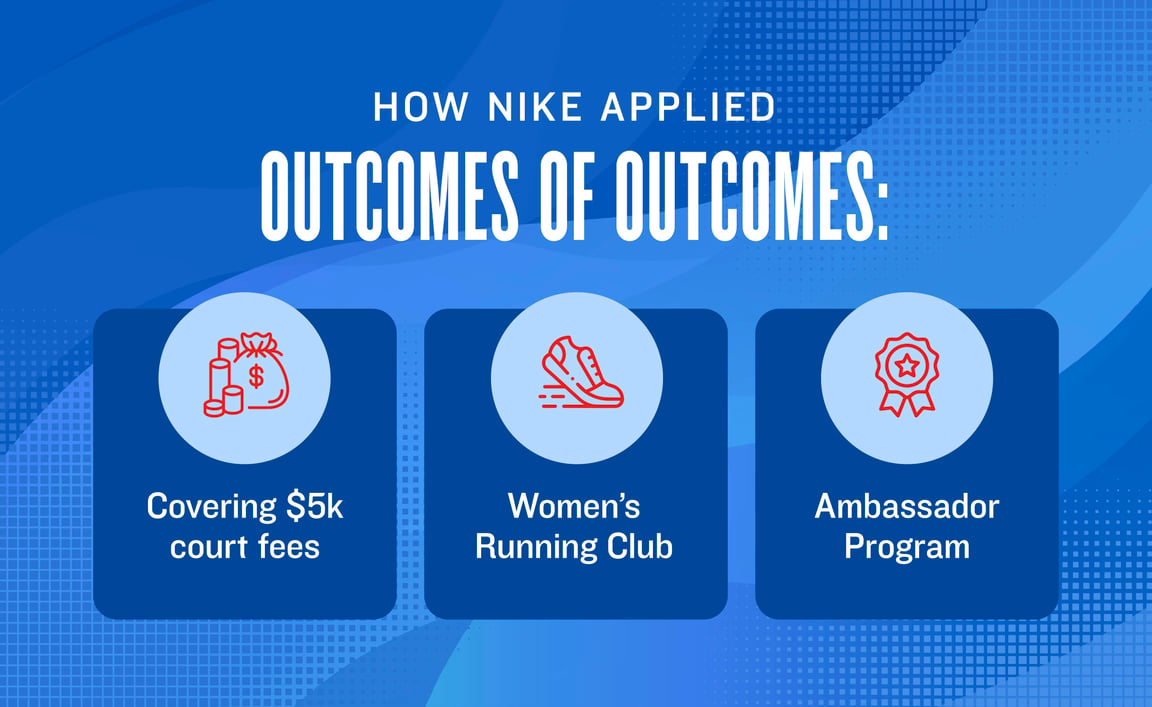
These 3 examples show how Nike aligned with their audience's beliefs, needs, wants, fears, desires and delivered real value to them, resulting in outcomes that benefited their business and community:
-
Covering $5,000 court fines for Michael Jordan and inspiring a generation to dream big and "just do it".
-
Creating a women's running club and becoming a champion for women's safety.
-
The 2022 ambassador program partnering with underrepresented creators, opened Nike up to new, untapped markets.
Example 1: Air Jordan
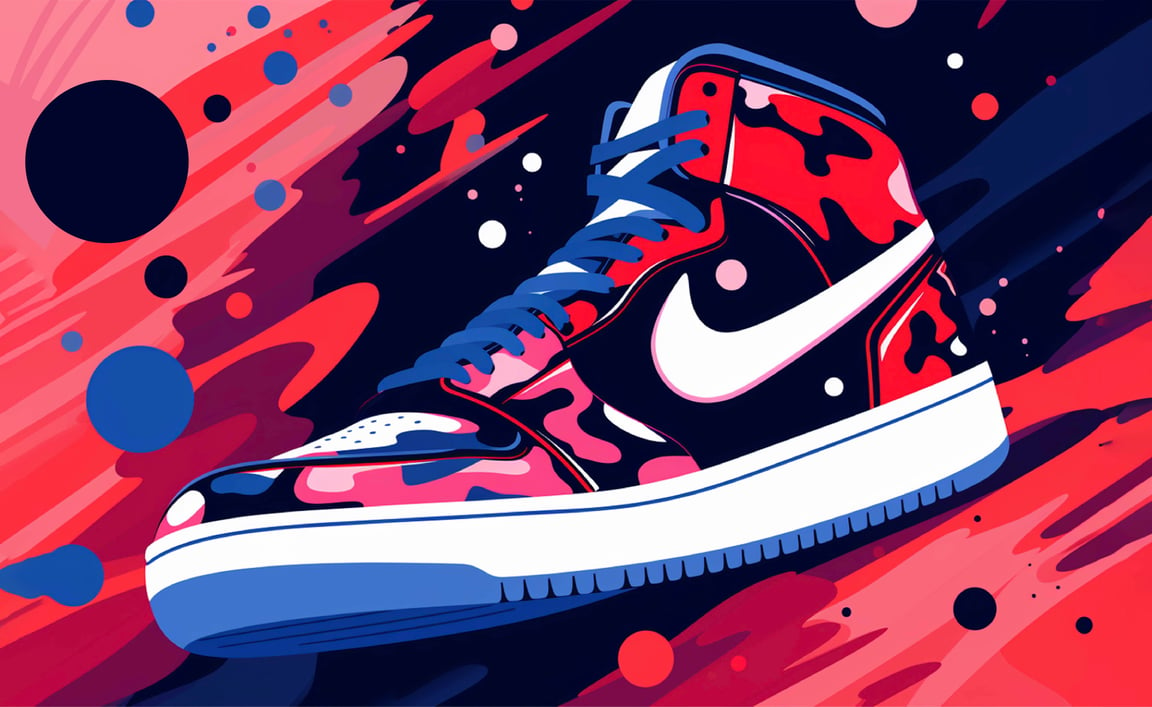
Air Jordan outcomes of outcomes:
↳ Air Jordan doesn't meet NBA sneaker regulation
↳ Michael Jordan fined $5,000 per game
↳ Nike covered the fines
↳ The brand represented being a rebel, a rule breaker, a game changer
↳ Nike became the "it" brand
↳ 29 years later, the story gets made into a box office hit on the silver screen and kicks off another cycle of outcomes
Example 2: Nike Running Clubs for Women
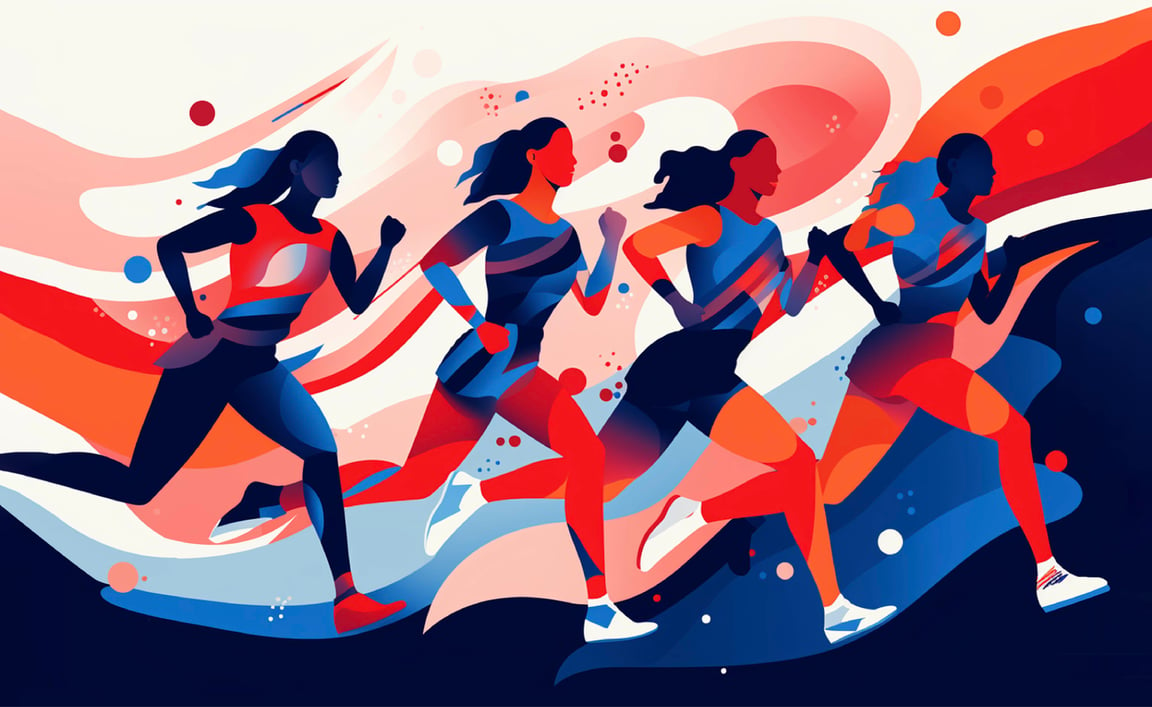
Nike’s running clubs for women outcomes of outcomes:
↳ Strengthened female community
↳ The campaign went viral on social media
↳ Nike draws attention to women's safety and makes global news
↳ The brand becomes a voice for a community, an ambassador for a cause
↳ Millions of loyal fans and customers around the world
↳ Connected with and re-engaged their female customer base
Example 3: Nike 2022 Ambassador Program

Nike’s 2022 Ambassador Program outcomes of outcomes:
↳ Showcase new creators
↳ Viral user-generated content (UGC)
↳ Repositions the brand with a new audience and community
↳ Establishes Nike as the brand for all sports (like twerk, yoga, and belly dancing)
Final Thoughts: “Outcomes of Outcomes” in Your Business
In our previous MUSE, we delved into the concept of "outcomes of outcomes," exploring how the impact of an action can create a ripple effect that extends far beyond the initial intention. Today, we’ve connected the dots and taken a closer look at how Nike's strategic approach embodies this full-circle philosophy. Beyond just selling sportswear and basketball shoes, they aim to inspire athletes and individuals to strive for greatness. This commitment isn't just limited to their products; it echoes through their entire brand narrative. For instance, their "Just Do It" campaign isn't just about shoes; it's about motivating people to push their limits.
As a brand it’s crucial to understand that the outcomes of your actions aren't confined to a single campaign or product release; they’re part of a larger narrative that continues to inspire and motivate your community, and your customers. This interconnected approach not only amplifies decision-making but also ensures that your brand remains relevant and impactful, making a meaningful difference in the lives of your customers. Thinking beyond individual business outcomes will help you build a successful team, community, and brand. How can you apply this thinking in your daily flow of work and life?
Remember, it's just a shoe until someone steps into it.
And it's just a brand until it stands for something.
Related posts
Food for thought.

Confident B2B Selling Using Outcomes of Outcomes—The New Playbook for Success
by Conor Ebbs
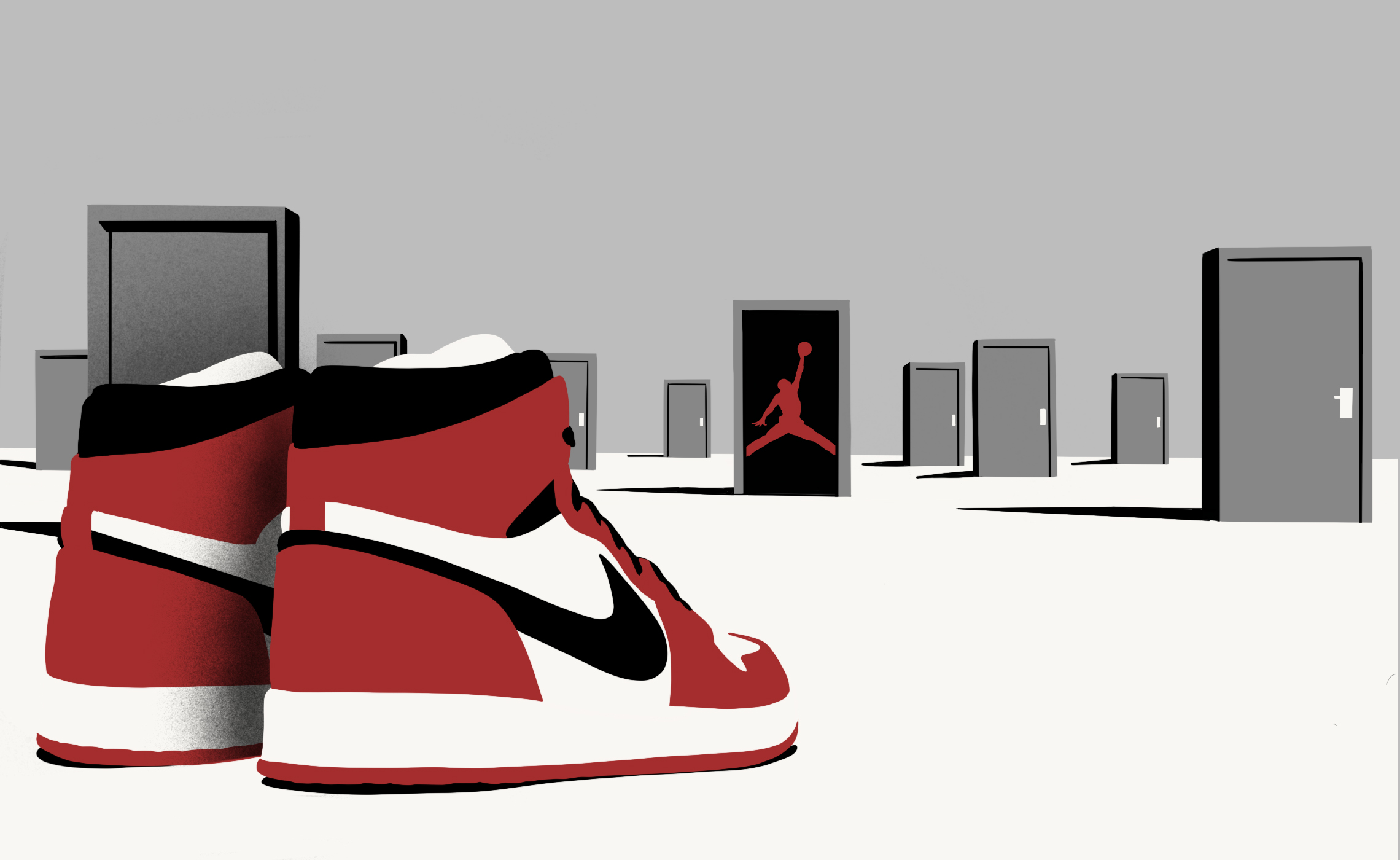
How Outcomes of Outcomes Thinking Can Radically Transform Your Brand
by Brian Sena